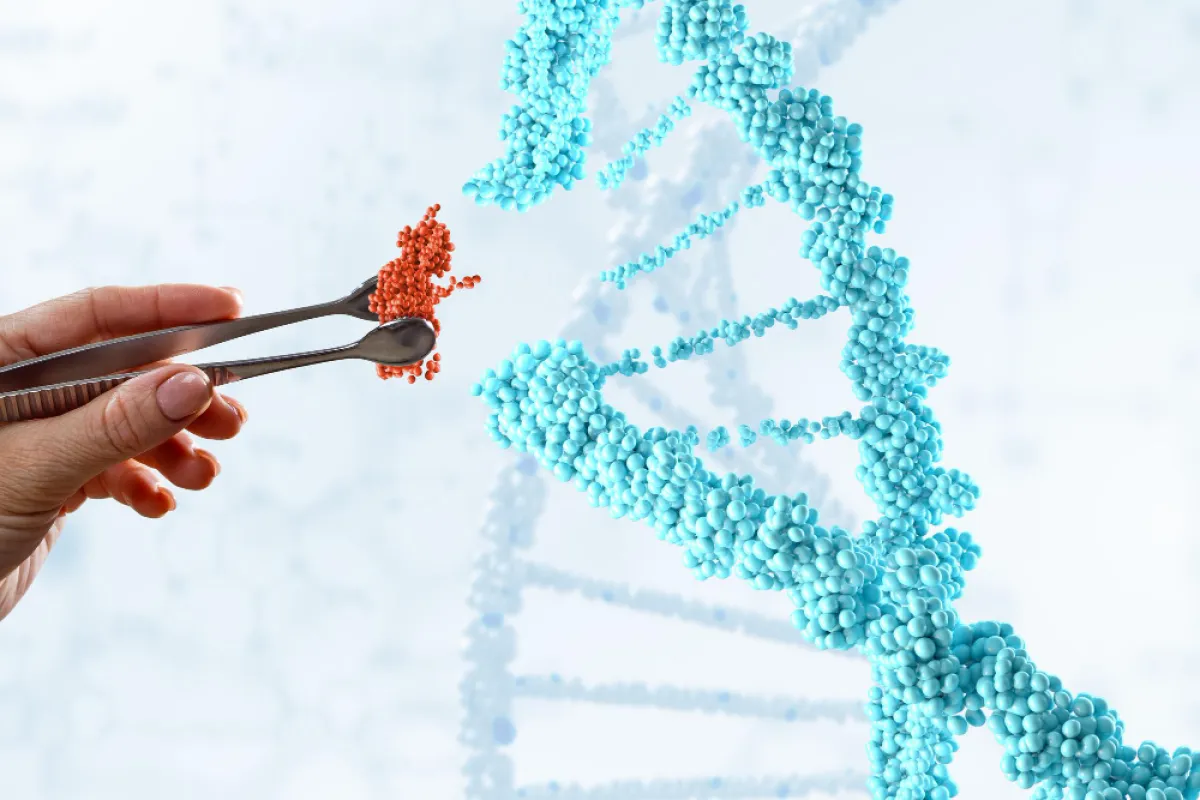
Tuberculosis remains a significant public health issue in Thailand, with over 10,000 fatalities per year. Since 2017, the Ministry of Public Health has announced a national strategy to combat tuberculosis with a goal of eradicating the disease by 2035, already achieving some milestones.
In 2021, Thailand successfully exited from the list of countries with the highest number of drug-resistant TB cases worldwide, although it remains on the list of nations with the highest rates of new TB patients, and TB co-infection with AIDS.
The Department of Medical Sciences has collaborated with the National Institute of Infectious Diseases, Japan, The University of Tokyo, and the Center of Excellence in Microbial Genomics (CENMIG), Faculty of Science, Mahidol University. They discovered the Lineage 2 (Beijing lineage) of tuberculosis, which is prevalent in Central and East Asia, Eastern Europe, Southern Africa, and is widely spread in the northern region of Thailand.
Data collected from 2017-2020 in Chiang Rai province found that tuberculosis can be cultured and its genome extracted to identify the strain using whole genome sequencing. Among 592 samples, four strains (Lineage 1-4) of TB were identified. The Lineage 1 (Indian lineage) was the most common, found in 45.8% of cases, followed by Lineage 2 (Beijing lineage) in 39.9% of cases.
Thailand has a high diversity of tuberculosis strains due to the interconnections of people and the importation of tuberculosis strains from the Indian Ocean region and East Asia.
When specifically analyzing clusters of outbreaks from the genetic data of the TB bacterium, Lineage 2 was found most prevalently at 46.2%. This strain has a high ability to spread and is often drug-resistant.
Additionally, large clusters were found, where TB patients numbered 10 or more in four outbreaks. 20 - 40% of patients had a history of incarceration, which was statistically significantly associated with the outbreak and was approximately four times higher than in patients without a history of incarceration. Some patients showed symptoms of TB up to 10 years after being incarcerated.
Currently, Thailand is identifying tuberculosis patients and those who have come into contact with the disease for diagnosis and treatment of tuberculosis and latent TB. Therefore, various networks, if assessed, have at-risk patient groups, such as incarcerated individuals, who should be screened for TB and latent TB after release from prison to rapidly detect the disease, reduce the chance of death, control the disease comprehensively in case of an outbreak, and reduce the spread of infection.
The Department of Medical Sciences continues to work on decoding the entire genome of tuberculosis strains to support the national strategy to end tuberculosis. In 2023, the goal is to decode the genome of 700 tuberculosis samples. The hope is to expand the benefits from the genetic data of tuberculosis strains to identify outbreak clusters and improve the effectiveness of disease investigation and control in other areas.
Data updated on March 24, 2023
Source: The Public Relations Division, the Permanent Secretary Office of the Ministry of Public Health, 88/20 Moo 4, Talat Khwan Subdistrict, Mueang District, Nonthaburi 11000
Tel. +66 2590 1000